Description
Melodyne 5 assistant
The path to professional vocals
Melodyne 5 assistant offers the complete Melodyne toolkit for pitch, timing, vibrato, phrasing, formants and dynamics. Everything you need for professional vocal editing.
- Grammy Award-winning technology
- exceptionally musical and intuitive note-based way of working
- the algorithms Melodic (with Sibilant Detection), Percussive and Universal
- the complete Melodyne toolkit
- macros for optimizing intonation, timing quantization, and leveling
- the Chord Track and Chord Grid with automatic chord recognition
- tempo detection
- inspectors for quick access to all parameters
- full compatibility: VST 3, AU, AAX, stand-alone
- integration via ARA Audio Random Access (depending on the DAW)
- macOS and Windows, 64-bit
- current version: 5
System requirements
macOS: Intel Dual Core processor (Quad Core or better recommended), 4 GB RAM (8 GB or more recommended), macOS 10.12 or higher
Windows: Intel or AMD Dual Core processor (Quad Core or better recommended), 4 GB RAM (8 GB or more recommended), Windows 10 or higher, ASIO-compatible audio hardware
You could use Melodyne to bring your vocal tracks as close to perfection as possible. But it does not always have to be about perfection. Nor always about vocals. Melodyne is versatile and its main value to you could lie elsewhere.
Correcting intonation? I’d rather just work with vocalists who can sing in tune.
Technology is no substitute for a good singer. And not even Melodyne can help a really bad one. Because a perfect vocal take is about emotion, expressiveness, vitality and musicality. And for such things, there are no parameters – not even in Melodyne. But even a good performance sometimes has weaknesses – moments where the intonation or the timing is slightly out – and it is precisely these that you can bring under control with Melodyne.
What can I do with Melodyne?
Once you understand the possibilities of Melodyne, your whole view of audio editing will change. You will see Melodyne as a universal audio tool and use it accordingly.
Which instruments can I edit with Melodyne?
All instruments, basically. Melodyne distinguishes automatically between sound sources that are monophonic (such as a vocalist, a bass guitar or a trumpet), polyphonic (such as a piano or rhythm guitar) or percussive (such as a drum or cymbal) and displays single notes, chords or strokes accordingly.
To edit recordings successfully, of course, you have to be aware of certain things. One is that with certain polyphonic sound sources – such as heavily distorted guitars – Melodyne may not always identify all the notes correctly. For the detection process to achieve optimal results requiring little or no further correction, it is recommended therefore that you record the dry signal and only add effects (particularly distortion) after you have finished editing with Melodyne.
How does the editing work?
“What you see is what you get” accurately sums up Melodyne’s editing process. If you have ever edited MIDI notes in a “piano roll” editor, you understand the principle. Only here it is applied to audio.
Does editing audio with Melodyne require a different mental approach?
A slight rethink is required because in Melodyne the audio waveform is not continuous but split into notes. Within minutes, however, you’ll have grasped, and learned to love, the new note-based approach and the way audio is displayed in Melodyne. And once you’ve tried out a few tools and begun dragging and reshaping the notes at will, you’ll wonder why audio wasn’t always this clearly displayed and this intuitive to work with.
What’s the workflow like?
The faster and simpler it is to use Melodyne in your working environment, the more often you will use it. That is why we are always ensuring that Melodyne is easy to use in many different environments. As a plug-in, Melodyne has to operate within limitations imposed by the various plug-in interfaces. This can require compromises at times, but these are far outweighed by the utility of the format.
How do I combine Melodyne with another software application?
Melodyne can be operated as a plug-in in compatible digital audio workstations (DAWs), in which case it is directly available there for the editing of the DAW tracks. Alternatively, Melodyne is capable of running in stand-alone mode i.e. as an independent application. In stand-alone mode, it is still possible to link Melodyne to a DAW via Rewire, this being an alternative to plug-in mode. We test Melodyne regularly with a variety of DAWs to ensure flawless interaction with them.
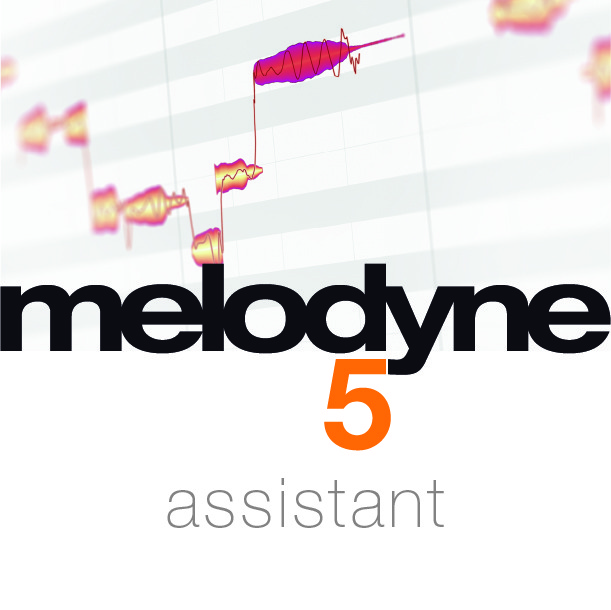
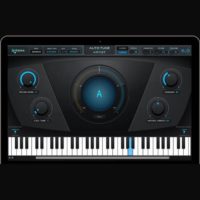
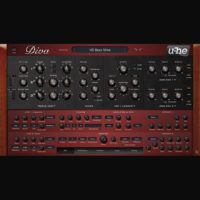

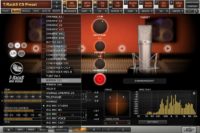
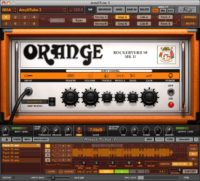
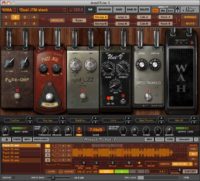
Reviews
There are no reviews yet.